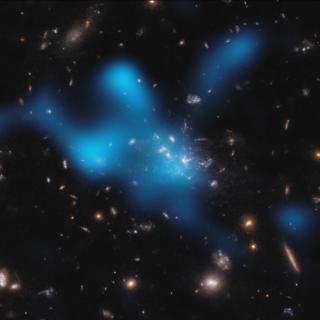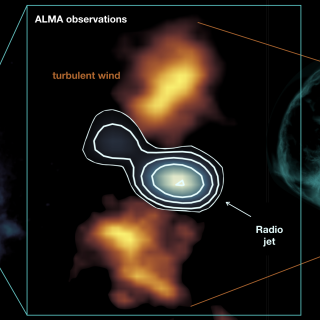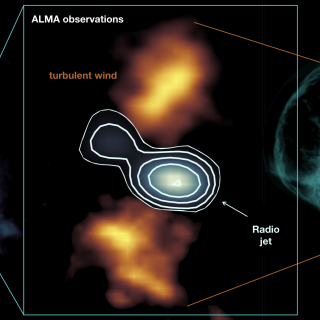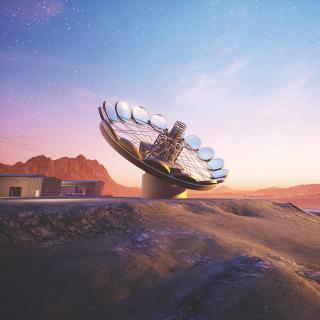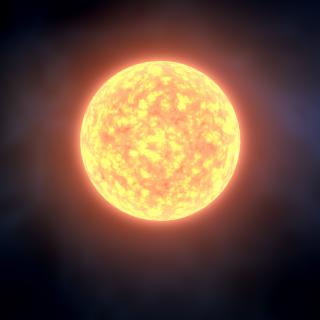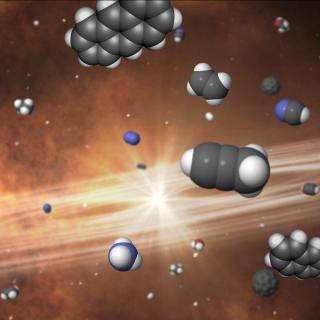
A study led by the researcher Susana Iglesias of the Instituto de Astrofísica de Canarias has detected the presence of large quantities of complex organic molecules in one of the nearest star forming regions to the Solar System. The results of this have been published in the journal Monthly Notices of the Royal Astronomical Society. The scientists Susan Iglesias-Groth, of the Instituto de Astrofísica de Canarias (IAC) and Martina Marín-Dobrincic of the Polytechnic University of Cartagena have discovered the presence of numerous prebiotic molecules in the star formation region IC348 of the
